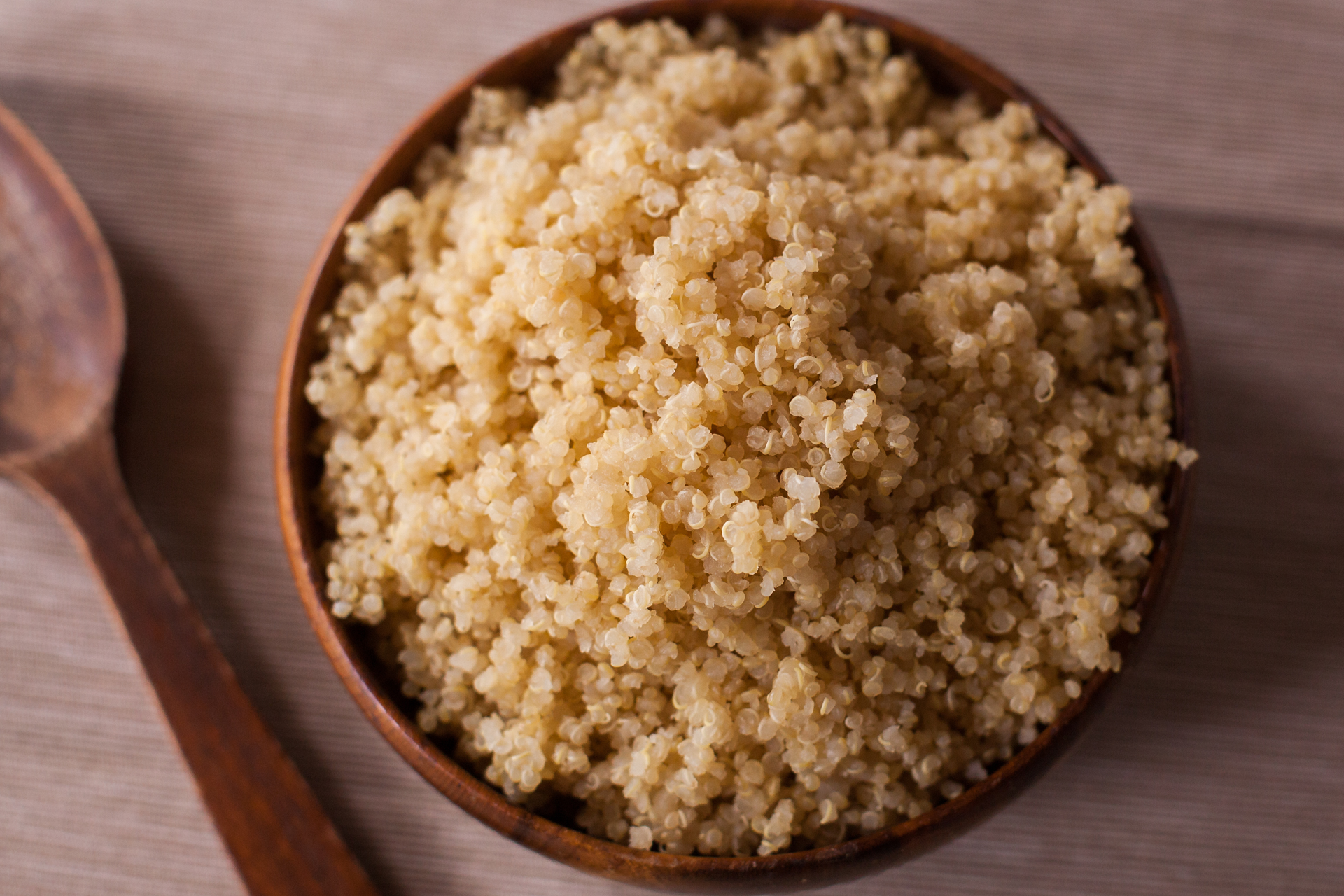
Quinoa, pronounced keen-wa, has surged in popularity in the last five years. As this shift in Western tastes has occurred, demand began to outpace supply in the traditional quinoa-producing countries of Bolivia and Peru. The Food and Agriculture Organization of the United Nations (FAO) compiles prices received by producers. In Bolivia and Peru, price received per ton increased by about 33 percent and 131 percent, respectively. This also increased the price for consumers, most notably those producers who had traditionally relied on quinoa as a cheap, nutritious staple. As prices skyrocketed, this was no longer a simple matter. This concern prompted the Guardian to publish an article in 2013 titled, “Can vegans stomach the unpalatable truth about quinoa?” which brings up ethical dilemmas stemming from the increasing prices driven by demand from richer countries, including the tendency of poor Bolivians and Peruvians to fill quinoa’s gap with foreign, processed foods.
This summer, The Economist ran an article titled, “Quinoa: Against the Grain.” It touched on how foreign consumers haven’t hurt poor Andean farmers, but may in fact have helped them. The author points to the gradual decline in quinoa consumption in Peru as evidence of shifting tastes and preferences, not just pure price substitution. I particularly liked one quote, “Young Peruvians are keener to indulge in food fads of their own—for more Western food—than to gorge on their grandparents’ staple.” It further goes on to discuss how increases in producer incomes have actually benefited local economies, as quinoa producers spend their income, it benefits the other businesses in the area. In fact, a 25% increase in the price of quinoa led to a 1.75% increase in household consumption.
The increase in prices may have some long-term negative impacts, however. As a result of a higher price, more firms have been drawn into quinoa production, including Bolivian taxi drivers and European farmers. This has led to an increase in supply, with a corresponding decrease in price. This decreased price has led some Andean farmers to hoard their quinoa, in the hopes that the price will rise again. As other firms adopt this strategy, price may eventually go up, but poor Andean farmers are more likely to sell before the higher price is reached, because they need the money more than multinational agricultural companies.
So, the demand for quinoa has had a number of impacts on quinoa producers in the Andes. First, an increase in price led to increased producer income, as well as marginal land being drawn into quinoa production. Then, the increase in supply reduced the price, leading to a potential crisis for these poor farmers.
I hope everyone has a great week here in Quinoashington, where one of the first US quinoa seed growers is located.
-Max Coleman

super interesting, Max. I’m curious why the price rise was so different in Bolivia and Peru–what happened to the law of one price?
I think the difference in price came from how the FAO was measuring price received, I’m not 100% percent sure, but I think they included some government subsidies.